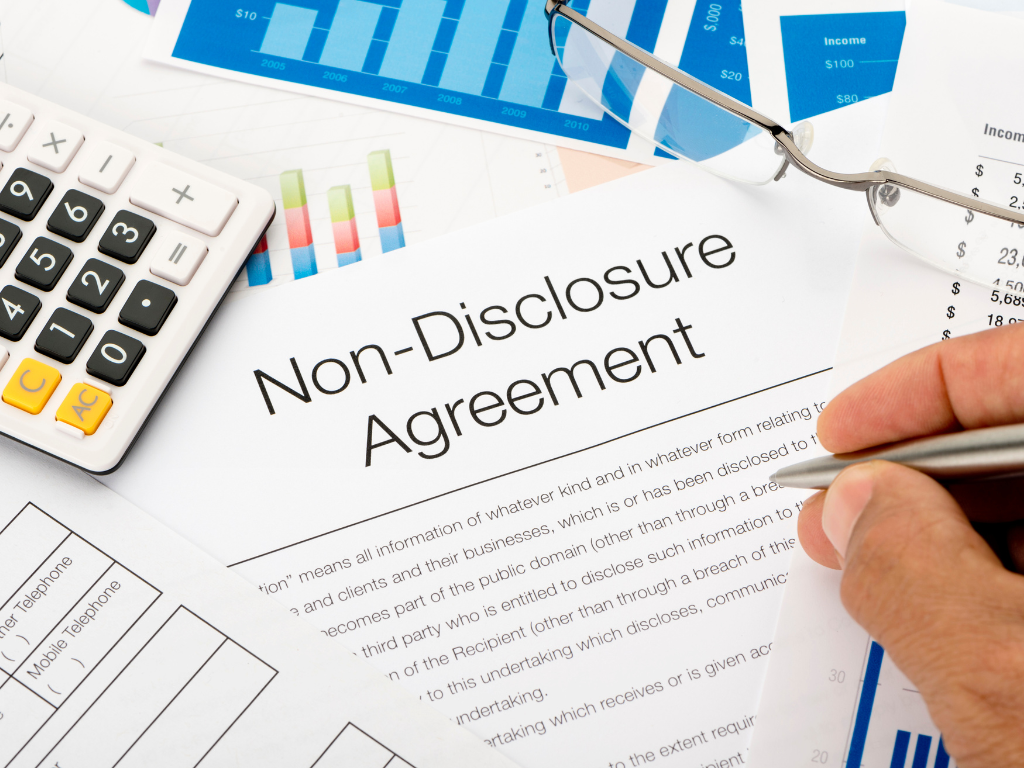As more businesses move towards conducting transactions electronically, it’s important to understand what makes an electronic signature legally binding. In many cases, an e-signature can be just as binding as a handwritten signature, but the signatory should meet the essential requirements.
In this blog post, we’ll take a look at those requirements to ensure that your business dealings are protected when you use digital signatures.
Table of Contents
What Is an Electronic Signature?
Before we get into the requirements of an electronic signature, let’s define what an electronic signature is. An electronic signature is a digital representation of a handwritten signature that is affixed to the soft copy of documents.
An electronic signature can be as simple as typing your name at the bottom of an email or document. It can be a more complex digital signature that uses cryptographic methods to verify the signer’s identity.
In either case, the goal of an electronic signature is to provide a way for the signer to indicate their intent to agree to the terms of the document in a way that other parties can verify.

What Are the Benefits of Using E-Signatures?
There are various reasons why you should consider switching to electronic signatures instead of handwritten ones. Here are some of the key benefits.
- Speed – Electronic signatures can be processed and approved faster than handwritten signatures.
- Convenience – With electronic signatures, you can sign documents from anywhere provided you have an internet connection.
- Accuracy – E-signatures are more accurate than handwritten signatures because people can quickly reproduce them. Plus, there is no risk of error due to illegible handwriting.
- Security – Electronic signatures are more secure than handwritten signatures because they can be encrypted and password-protected. This prevents unauthorized access to the document and helps protect against fraud.
These are just a few of the many benefits that electronic signatures offer. With the increasing popularity of e-commerce and online transactions, it’s becoming increasingly important to find ways to streamline the signing process and make it more efficient and secure. Electronic signatures provide a fast, convenient, and reliable way to do that.
What Are the Requirements of an Electronic Signature to be Legally Valid?
To be considered legally binding, a digitally signed document must meet the key requirements of the United States ESIGN Act 2000. This federal law regulates contracts that are signed and processed electronically.
ESIGN requires the federal government to use electronic signatures and records in all appropriate circumstances and to encourage other entities conducting business with the federal government to do the same.
The law requires that signatures based on electronic records are treated as legally binding as handwritten signatures. For an electronic signature to be enforceable, the signer must intend to adopt the electronic signature as their own.
Here are the five elements of this landmark law:
1. Validity
E-signatures and documents in electronic formats have the same weight and validity as inked signatures and printed records.
2. Consent
The signatory or signer must consent to the use of an electronic signature. This consent can be implicit, such as when the signer agrees to conduct business electronically, or explicit, such as when the signer agrees explicitly to use an electronic signature on a particular document.
3. Intention
The signer must intend to sign the document. It can be demonstrated by the signer taking some action that indicates their intent, such as clicking on an “I agree” button. The signer agrees to sign the document and the legal implications of affixing an e-signature.
4. Recording
Clear proof must be attached or accompanied to verify the signature is an electronic signature and not a wet signature.
5. Data Integrity
There must be proof that the electronic signature is authentic and has not been tampered with. The signer can accomplish this with a digital signature, which uses cryptographic methods to verify the signer’s identity.
Once you satisfy these requirements, your electronic signature and corresponding e-signed documents would be accepted in the US.
What Is the Proper Format for an Electronic Signature?
eSignatures can come in various formats, and many of them hold legal bearing when it comes to document signing. The specific requirements and formats may vary depending on the jurisdiction and the type of document being signed.
Here are some examples of different electronic signature formats:
Typed
One way to affix an eSignature to a document is by typing your name or initials. Most eSignature platforms offer a wide range of fonts you can choose from, so you can select one that closely resembles your actual penmanship.
Drawn
You can also draw your electronic signature directly onto the document using your finger, mouse, or stylus, depending on the device you’re using. eSignature software has a built-in digital canvas for this.
Digital image
Uploading a file or image of your handwritten signature is also considered another form of eSignature. You can sign your signature on a piece of paper, take a picture of it or scan it, then you import it to your eSignature tool.
Common Mistakes When Using Electronic Signatures
There are a few common mistakes that people make when creating electronic signatures. Here are some of the most important ones to avoid:
- Not Intending to Sign – One of the most critical requirements for an electronic signature to be legally binding is that the signer must intend to sign the document.
- Not Linking the Signature to the Document – There must be a clear association between the signature and the signed document. It means that the signature must be linked to the record to make it evident that the signer agreed to the specific document’s contents.
- Not Using a Secure Method – An electronic signature must be verified and authenticated to be legally binding. The signer can accomplish this with a digital signature, which uses cryptographic methods to verify the signer’s identity.
- Not Storing Signatures in a Safe Place – Electronic signatures can be easily copied and distributed, so storing them in a secure location is important. It will help protect them from fraud and unauthorized access.
Final Thoughts
So what are electronic signatures? They are a way of signing documents electronically using your computer or mobile device. They offer many benefits over traditional handwritten signatures, such as speed, convenience, and security.
For an electronic signature to be legally binding in the United States, it must meet the ESIGN Act of 2000’s specific requirements. They must also avoid the usual errors people make when creating electronic signatures. If ignored, these can lead to legal issues and can render a document invalid.
However, with a bit of knowledge and preparation, you can easily avoid these pitfalls and enjoy all the benefits that e-signatures offer.
Have you tried using electronic signatures yet? If not, now is a great time to start!
You can start by trying out Fill, a simple yet efficient way to sign documents on the go through your mobile device. It’s like the Swiss army knife of mobile app scanners. With Fill, you can sign documents within the app, sign contracts, request electronic signatures from other users, share files, or upload them to the cloud.
And the best part is, it’s free! Try it now.





